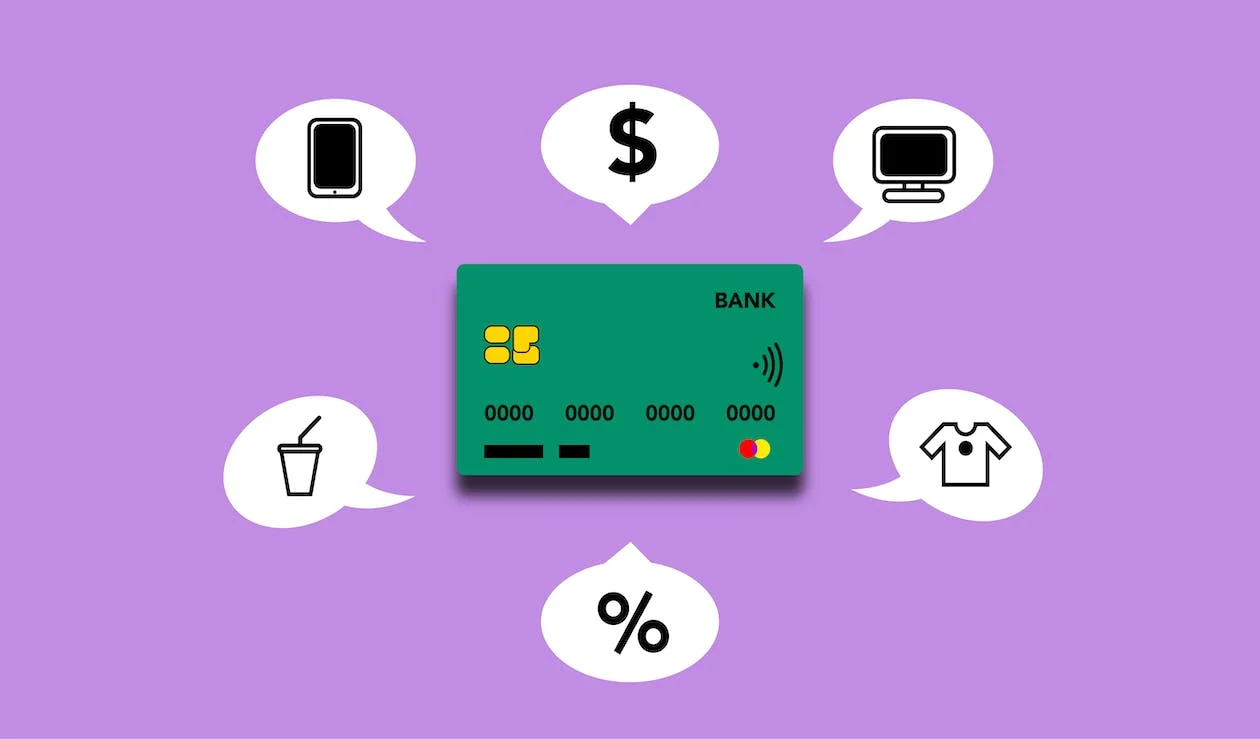The fiscal services assiduity has been converted by the emergence of new technologies, and artificial intelligence( AI) is at the van of this revolution. As digital banking becomes decreasingly popular, banks are using AI to enhance client gests , automate processes, and ameliorate decision- timber. In this composition, we’ll explore some of the trends and prognostications for the coming decade in AI and digital banking.
Chatbots and Virtual sidekicks
One of the most significant ways in which AI is impacting digital banking is through the use of chatbots and virtual sidekicks. These tools give guests with instant responses to their inquiries, and they can handle tasks similar as account balance inquiries, bill payments, and indeed investment advice.
Chatbots are anticipated to come decreasingly sophisticated over the coming decade, using natural language processing( NLP) to communicate with guests in a further conversational manner.
Personalization and client perceptivity
AI is also being used to epitomize client gests and give perceptivity into client geste
. By assaying data similar as sale history, spending habits, and social media exertion, banks can gain a better understanding of their guests and knitter their services consequently. This trend is anticipated to continue over the coming decade, with banks using AI to give decreasingly substantiated gests to their guests.
Risk Management and Fraud Detection
AI is also playing a significant part in threat operation and fraud discovery. By assaying large quantities of data, AI can identify patterns that may be reflective of fraudulent exertion, allowing banks to take action to help it. As AI becomes more sophisticated, it’s likely that banks will be suitable to descry and help fraud in real- time, minimizing the impact on both guests and banks.
Robotic Process robotization
Robotic process robotization( RPA) is another area where AI is making a significant impact in digital banking. RPA involves using software robots to automate repetitious tasks, similar as data entry and report generation. By automating these tasks, banks can free up staff to concentrate on more complex tasks, similar as client service and decision- timber.
In conclusion, AI is set to play a significant part in the future of digital banking, and the trends and prognostications outlined above are just the tip of the icicle. As technology continues to evolve, banks will need to stay ahead of the wind to remain competitive and give the stylish possible service to their guests. By using AI to automate processes, epitomize gests , and ameliorate threat operation, banks can place themselves for success in the times to come.



